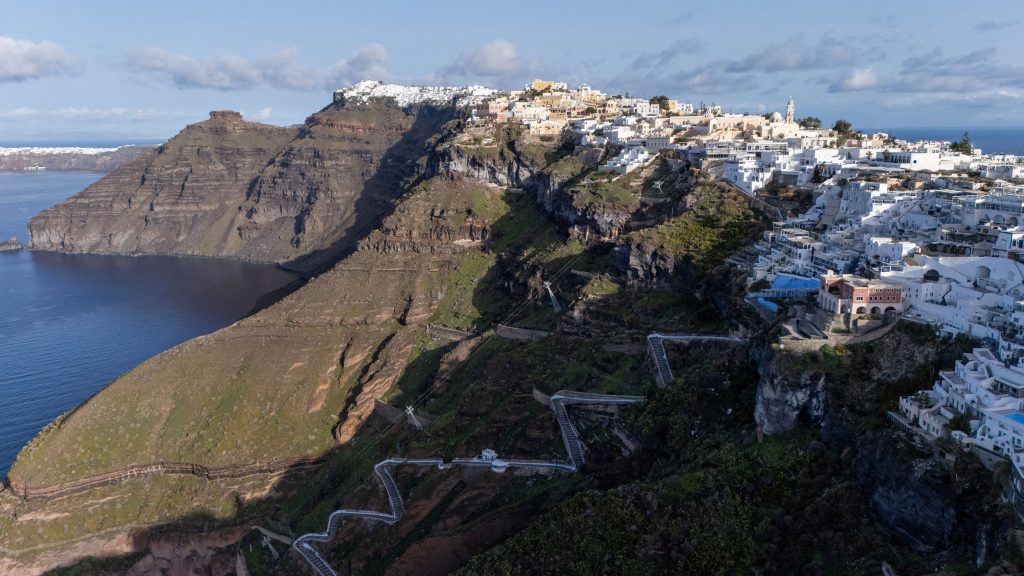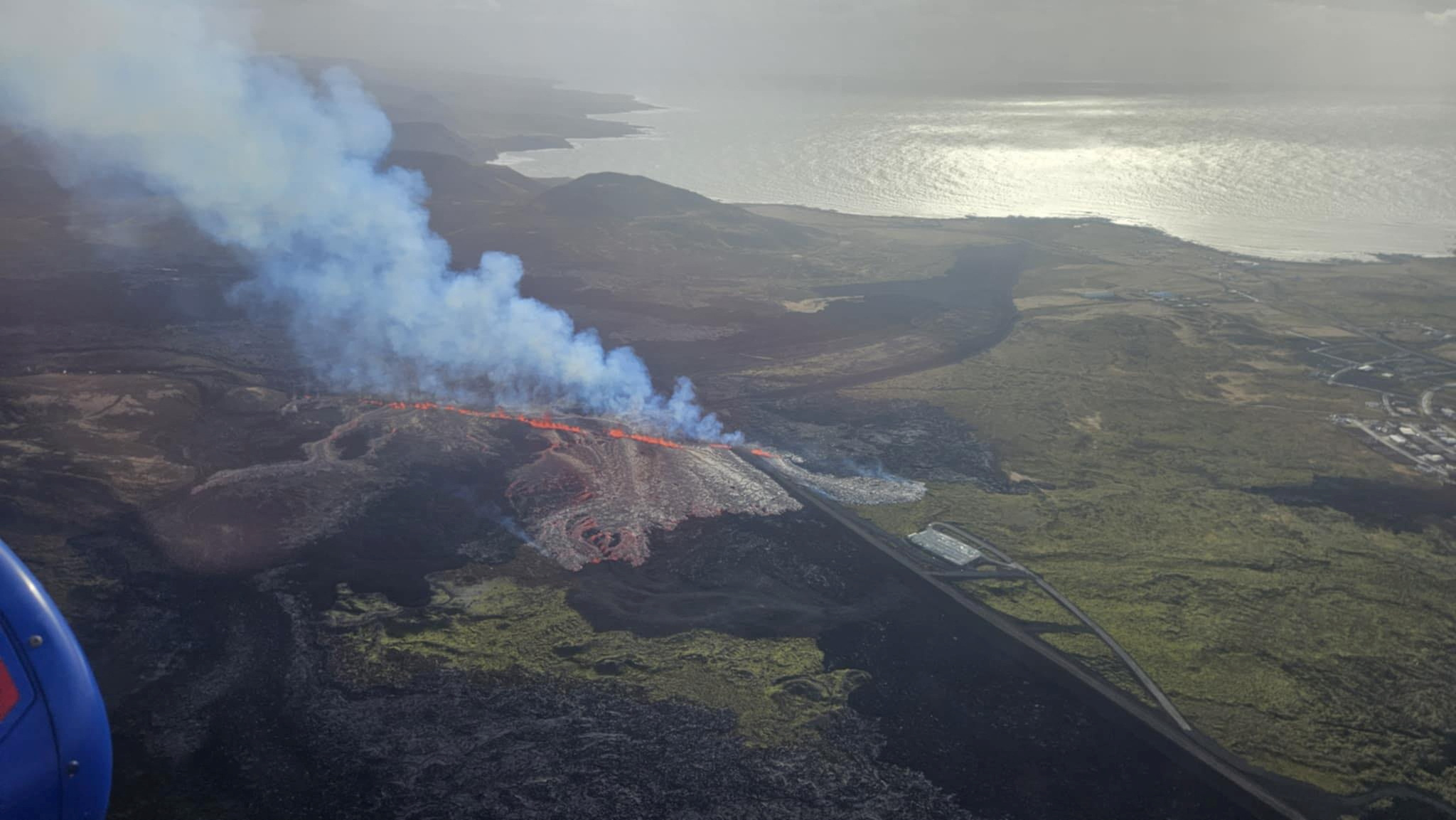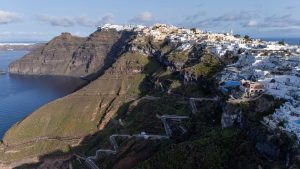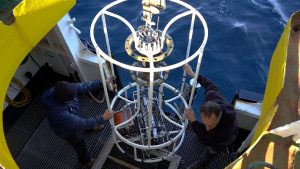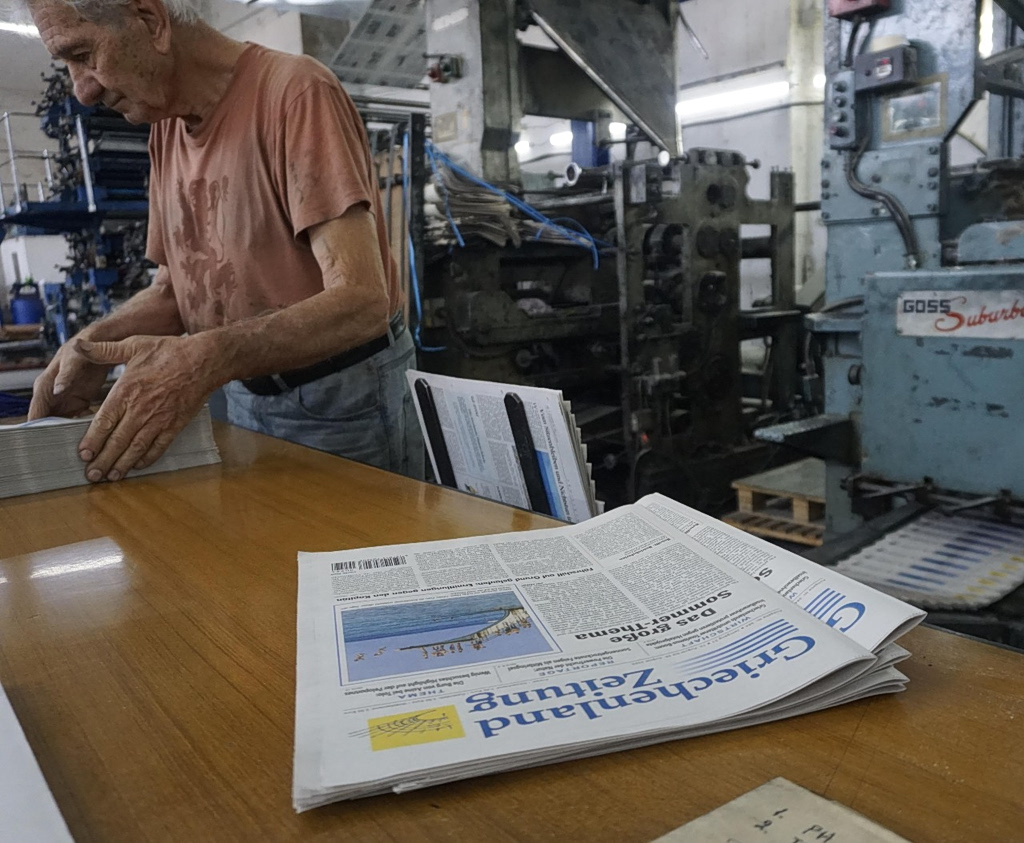A volcanic eruption south of Reykjavík sent lava and smoke into the sky on Tuesday, forcing the evacuation of residents and tourists from the fishing town of Grindavík and the Blue Lagoon Luxury Spa. Despite the dramatic display, air travel remains unaffected as no significant ash has been released into the stratosphere.
According to the Icelandic Meteorological Office, authorities had anticipated the eruption based on seismic activity and magma accumulation. “Warning: An eruption has begun,” the agency announced in a statement.
A Persistent Threat to Grindavík
The latest eruption breached protective barriers near Grindavík, a town already heavily impacted by previous volcanic activity. Although most homes have remained empty for over a year, a small number of residents who had returned were forced to evacuate once again.
Volcanologist Rikke Pedersen, head of the Nordic Volcanological Center, described the eruption as “very limited so far,” comparing its scale to the January 2024 outbreak, which also spewed lava toward the town.
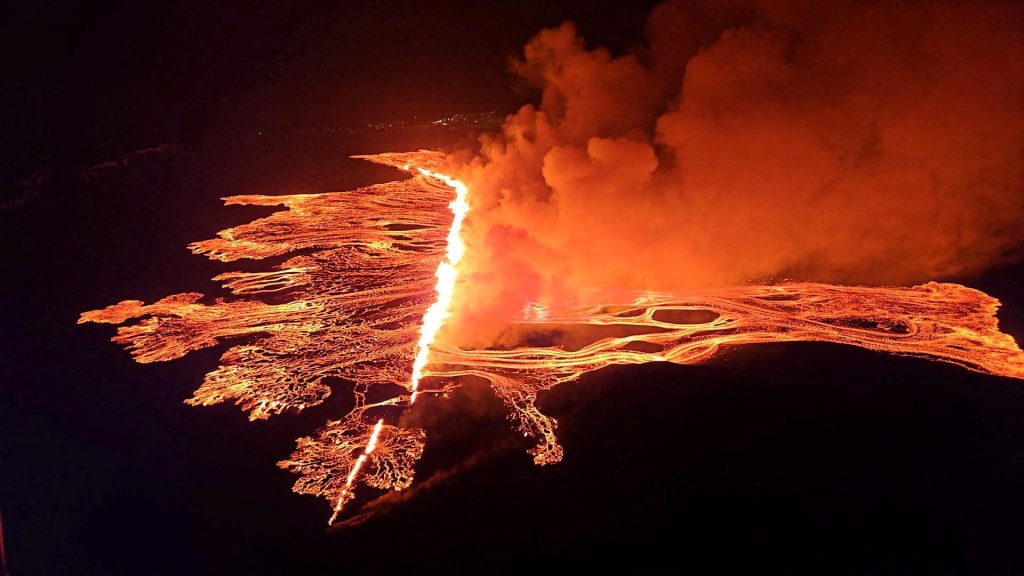
A volcanic eruption takes place, near Grindavik, Iceland, March 16, 2024, in this handout picture obtained by Reuters. Public Security Department of Icelandic Police/Handout via REUTERS THIS IMAGE HAS BEEN SUPPLIED BY A THIRD PARTY TPX IMAGES OF THE DAY
A Geologically Active Island
Iceland, often called the “land of fire and ice,” sits atop the Mid-Atlantic Ridge, where the Eurasian and North American tectonic plates pull apart. This geological positioning makes the island a hotspot for frequent volcanic eruptions, geysers, and hot springs.
The Reykjanes Peninsula, where the eruption occurred, had been dormant for nearly 800 years until 2021. Since then, Iceland has seen 11 eruptions in the region, indicating a new era of heightened volcanic activity that experts predict could persist for decades or even centuries.
This behavior mirrors Hawaii’s Kīlauea volcano, which regularly experiences small-scale eruptions due to pressure buildup within its many fissures.

Lava erupts from Halema’uma’u crater within the summit caldera Kaluapele, at the Kilauea volcano in Hawaii, U.S. March 26, 2025. REUTERS/Marco Garcia TPX IMAGES OF THE DAY
Tourism and Infrastructure Concerns
The eruption comes as Iceland continues to attract thousands of tourists eager to explore its volcanic landscapes. The Blue Lagoon, a major tourist attraction, was evacuated as a precaution before the eruption began.
While Reykjavík remains unaffected, authorities are closely monitoring the region as fissure eruptions—characterized by lava flowing from long cracks in the earth’s crust—continue to reshape the landscape. The Icelandic government has also launched investigations into infrastructure vulnerabilities, particularly the collapse of buildings in past eruptions.
As Iceland reckons with this new phase of volcanic unrest, experts warn that frequent eruptions may become the norm, reinforcing the island’s reputation as a land where fire and ice collide.
